In the heart of Long Island City, an the CN West chemical factory with a long history has become yet another symbol for the drastic changes taking place in this part of NYC. Originally a chemical factory, this set of over a dozen interconnected buildings became a ‘dirt mall’ in the 1980s and finally an arts studio in the “00’s” (which played host to many legendary parties, such as Rubulad) before being looted by scrappers and turned into the illegal graffiti gallery that it is today.
History
CN West: 1800s-1978
The C.N. West Disinfectant company was based in Long Island City, from its early days until the late 1970s. CN West’s history is nothing short of mesmerizing – not so much for the products they made (household disinfectants) as the history of one of their primary officers.

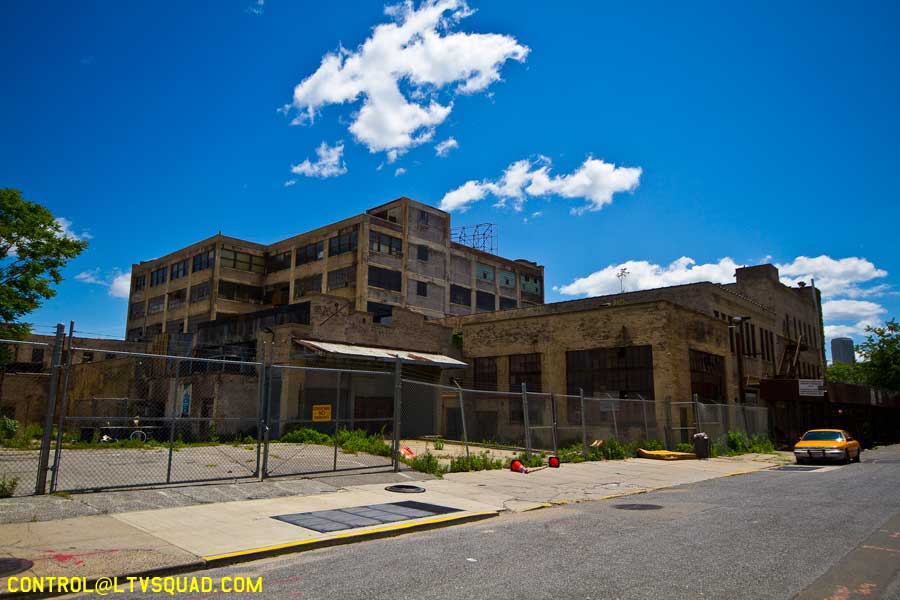
In 1912, Emil Taussig was the president and majority owner of the company (Source: NY Times archive). Taussig was a very unfortunate victim of the sinking of the Titanic. His wife and daughter were placed on a nearly empty lifeboat. His wife offered a tragic and downright maddening first person history of what happened on the night the Titanic went down. Her husband volunteered his strength and skills as an oresman to steer the lifeboat, though he was held back by the Titanic’s crew who were only allowing women and children onto the lifeboats.
In a very strange twist of fate, his widow profited from the sinking of the Titanic. Aside from his interest in CN West, Emil was a shareholder of the Englehardt Collapsible Life Boat company. The company was actually closed and the stocks thought to be worthless – but the sinking of the Titanic created an immediate market for life boats. She was also an officer of the company who was bought out after his death. That she was a in a director position of an industrial manufacturer was likely a rare role for a woman in the early 1900s.
CN West’s Product Line:
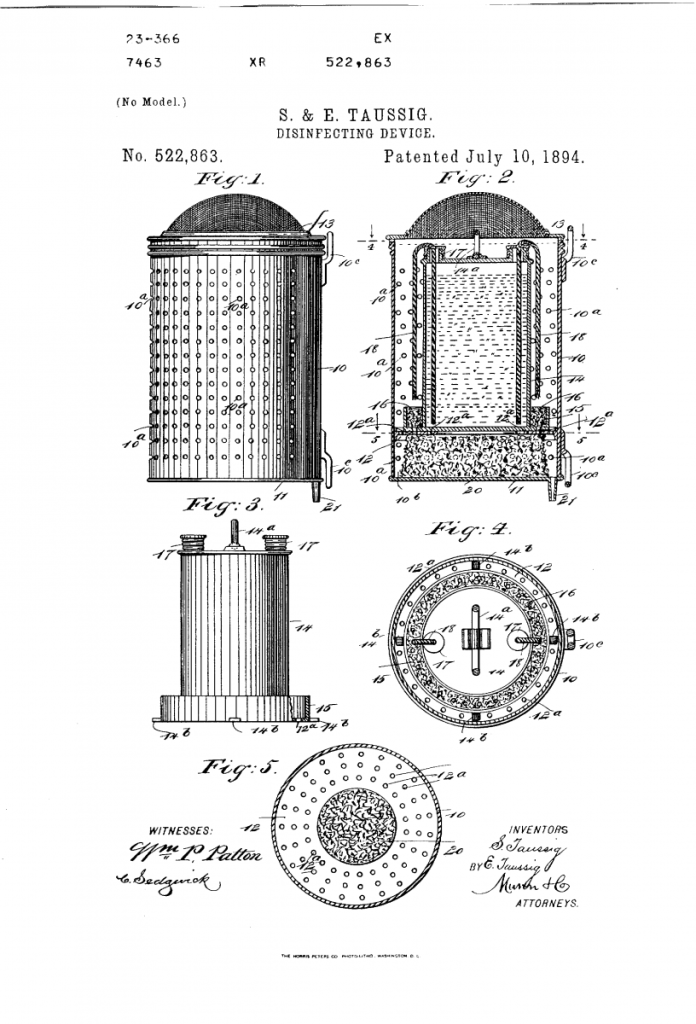

West Chemical made CN disinfectant cleaner (Motto: “You can’t spell clean without CN”). They also made a tip-over style soap dispenser called SOAPARATUS. It mounted on the wall over the sink.
In addition to their iodine based CN, they also had trademarks for products called LANOKLEEN (powdered hand soap), PHENOLA (soap, presumably carbolic acid based).
Then there’s a far more well-known product that West didn’t make, but was the exclusive distributor for decades: Kotex
(Thanks to Gasaxe for this bit of research)
CN West’s Railroad siding:
Amongst LIRR personnel, CN West’s siding track at the rear of the building was widely known as ‘The Stink Track”. It earned the name through the disgusting smell pungently emanating from the building. “CN was an iodine-containing product sort of like Betadine lotion, but it was made with industrial-grade ingredients instead of pharmaceutical-grade. As a result it smelled of iodine with a strong overtone of dead fish. Stink track, indeed!” – Albert Waltien
West still exists today.
West Disinfecting company still exists today, based out of Louisiana.
QP’s Boxcar Marketplace: 1980-1990s
QP’s was a dirt mall. It was originally envisioned as a massive retail complex that would only be open on weekends. Merchants rented out small stalls within the building to peddle their wares – everything from furniture to shoes – at super low rents. It had several variations on it’s name – “QP’s Boxcar marketplace” “QP’s weekend market”, or simply ‘QP’s” as the locals would call it.
The ‘Boxcar’ in the name stemmed from the stores that were operated out of actual boxcars located along the ‘stink track’ siding at the rear of the building. According to a NY Times article announcing the opening of QP’s, “A handful of tenants will sell merchandise directly from boxcars. So far a purveyor of redwood furniture from California, a paper products entrepreneur and a produce man with fruit and vegetables just off the train from Florida have signed on.“. There are no known photographs of QP’s market receiving any boxcars from the railroad as of the time this is being written, though I distinctly recall entering one such store as a child on one of many family outings to QP’s.

Eventually QP’s popularity declined through the 1980s. One of the main reasons we visited was to buy up old comic books. The proprietor of the shop complained of rent increases and the fact that the entire outlet was only open on weekends – so they moved into a full time retail storefront over on Skillman Ave in sunnyside gardens (this shop just closed in August 2013 – I had no idea they were still in business!).
For awhile the buildings seemed to be used as offices and storage for the Modell’s sporting good stores. The Modell’s family had owned these buildings since buying them from CN West. There was also an office for the Queens county Board of Elections on an upper floor. According to NYC Dept of Buildings records, the Board of Elections staff complained a few times to the buildings department of bricks falling loose from the facade in the mid “00”s.
The Space: 2001-2012

The Modell family generously donated use of significant portions of the factory to ‘The Space’ – an arts foundation that hosted movie nights in a makeshift theater, art studios and an outdoor sculpture and welding studio on the thin strip of land out back where the ‘Stink Track’ railroad siding was located. (Much of the track is still in place, buried under mud, as of this writing (Dec 2013)).
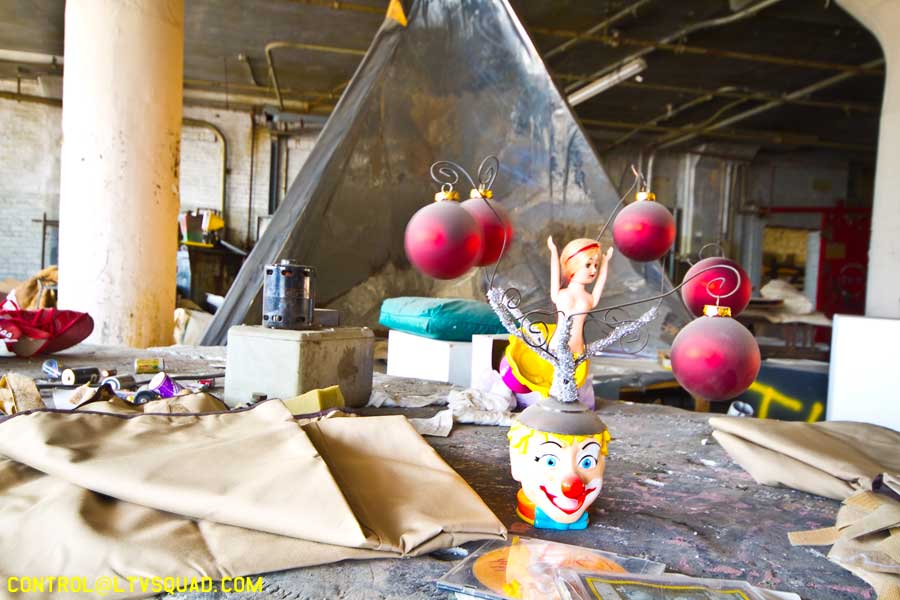

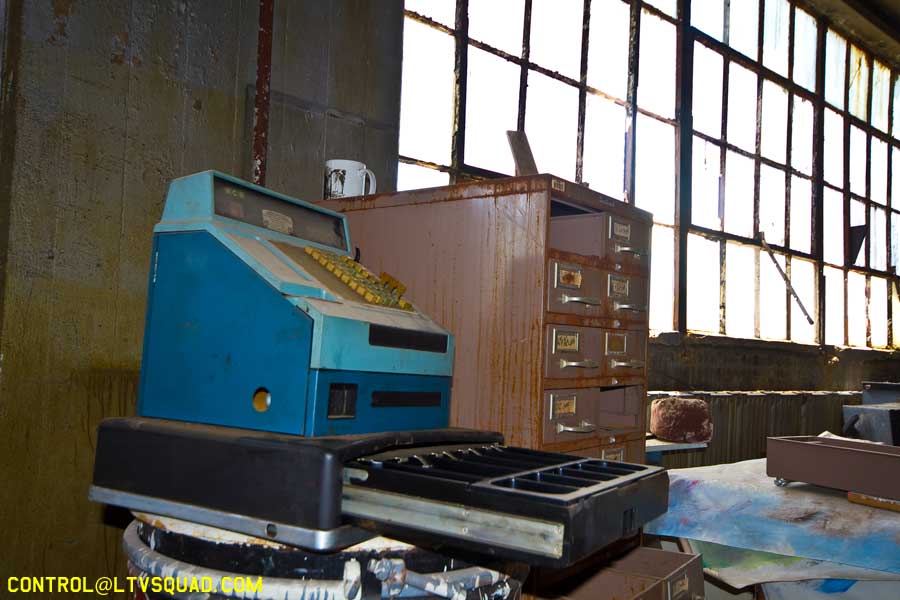
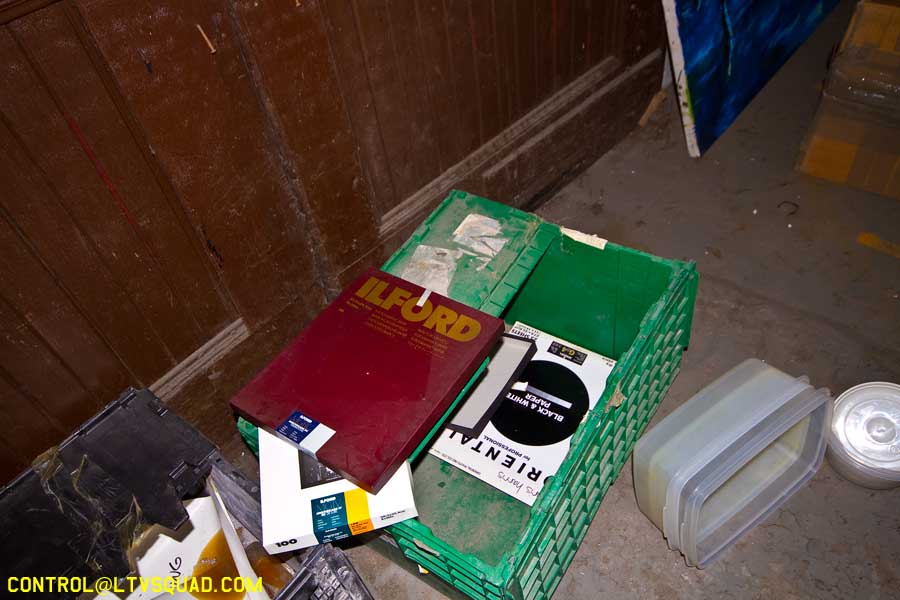
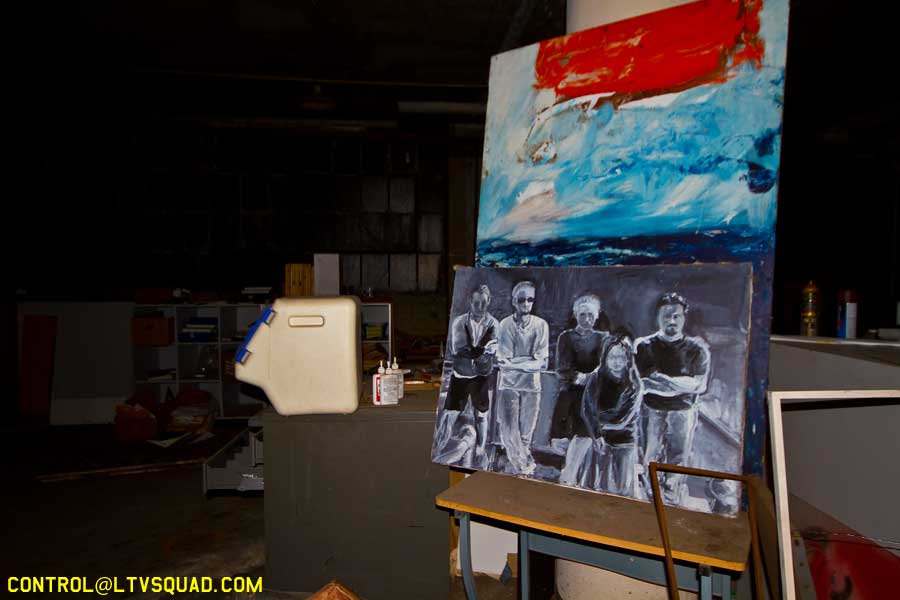

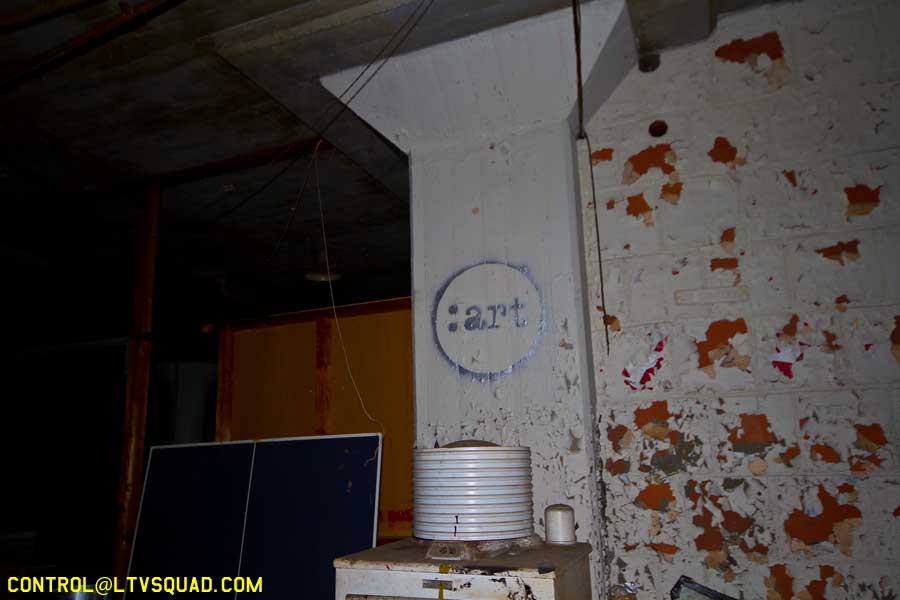
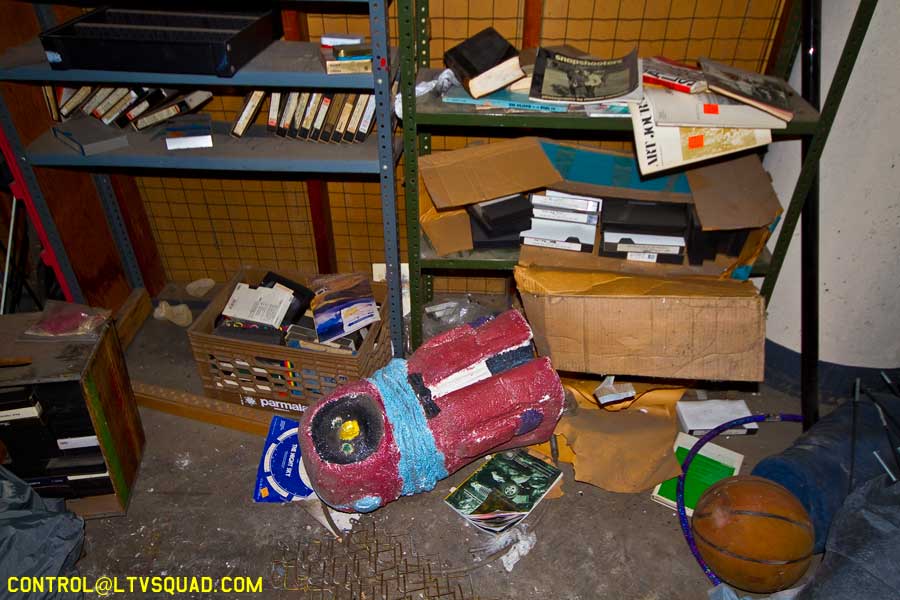


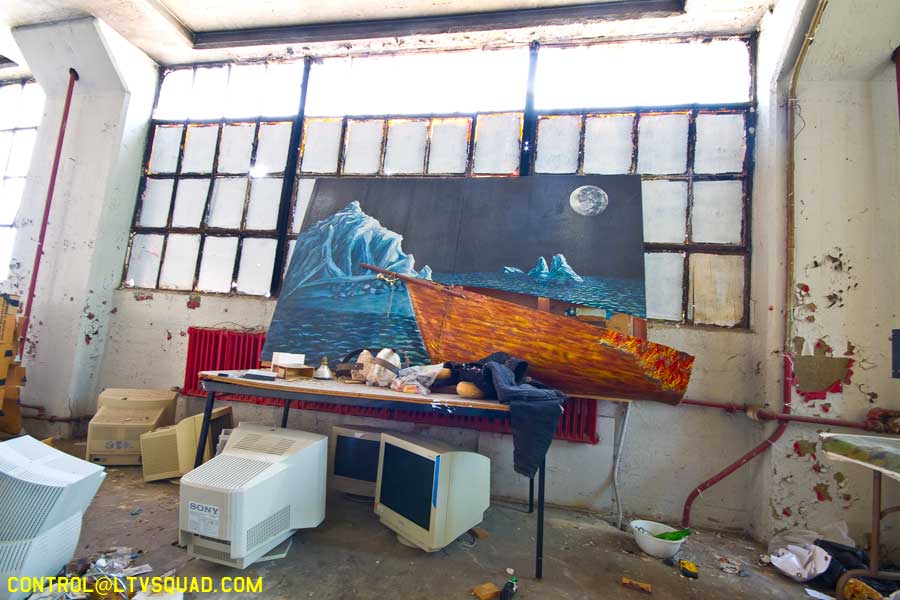
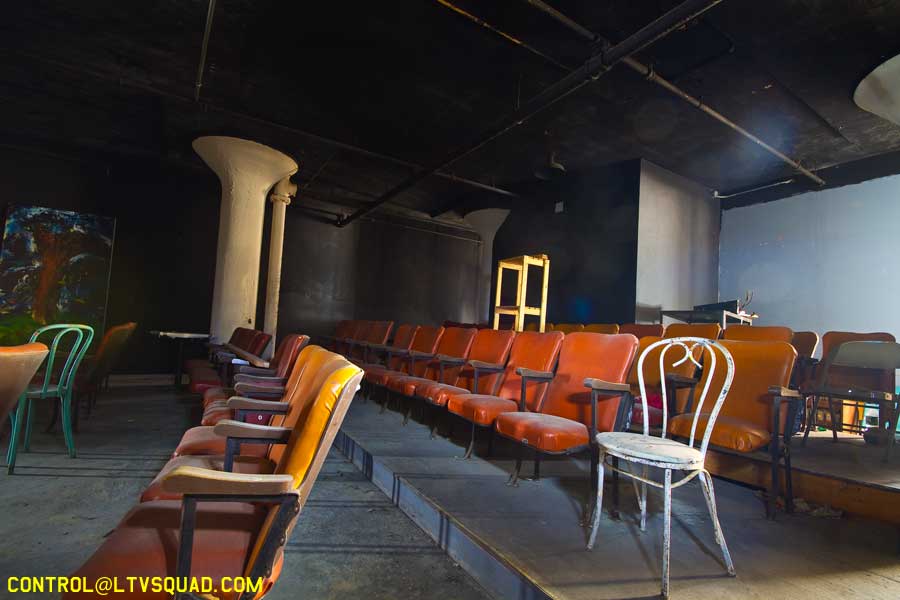
Rubulad
The Space also played host to many parties thrown by NYC’s notorious art party troupe, Rubulad. For those unfamiliar with Rubulad, it’s probably best to just run a google image search on them since there is no website.
Strangely enough, I worked at one of these parties, performing a vital service: working with a group of a half dozen freaks Handing out free spanking to any women who entered the ‘spanking circus’ room in need of a little posterior-paddling. Go ahead, find the photos attached to this post. All I can say is it was a damn good time.
As of this writing I’m not sure why ‘The Space’ closed. Failure of the non-profit or eviction from the space? If you know, by all means comment below.
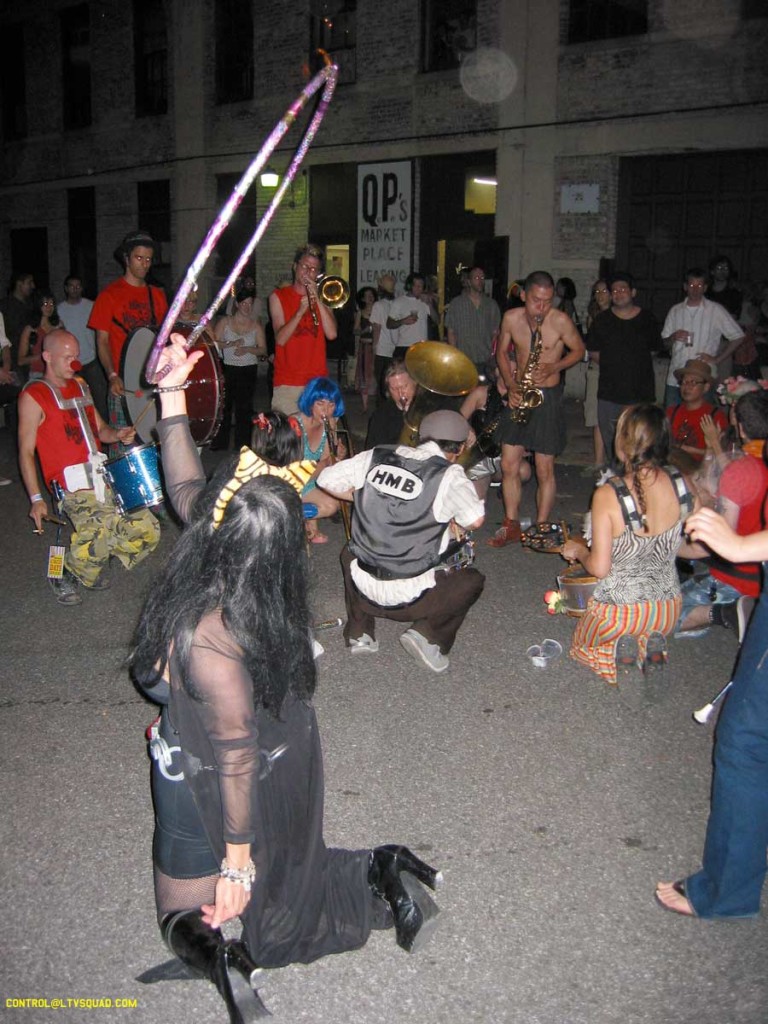
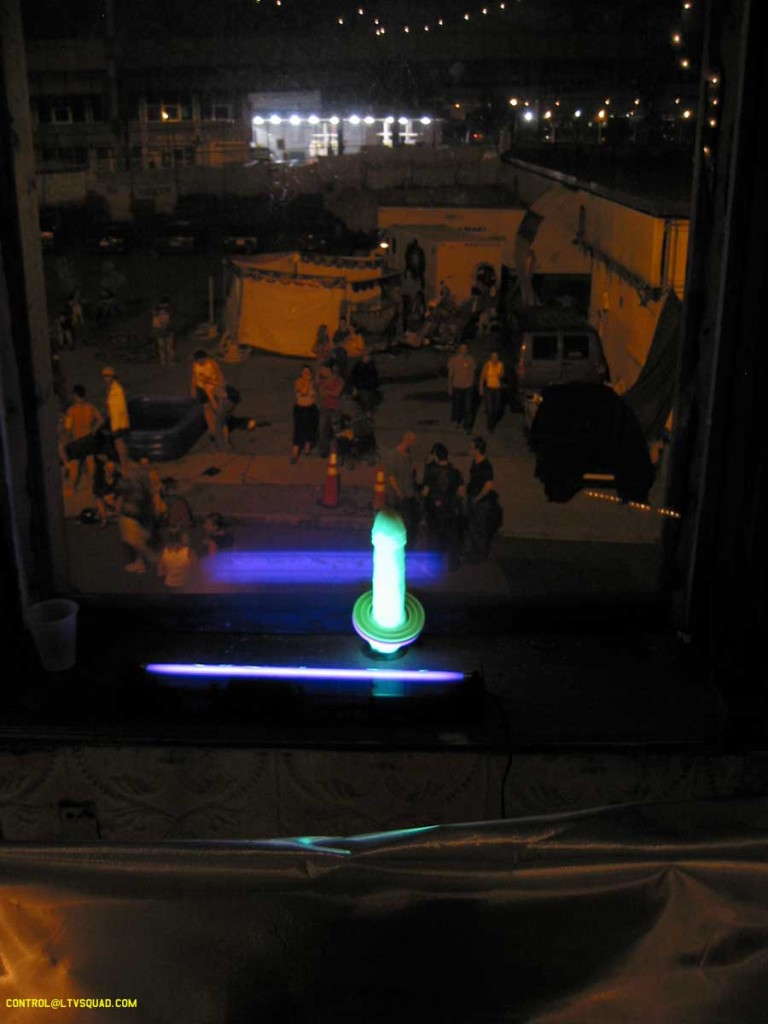


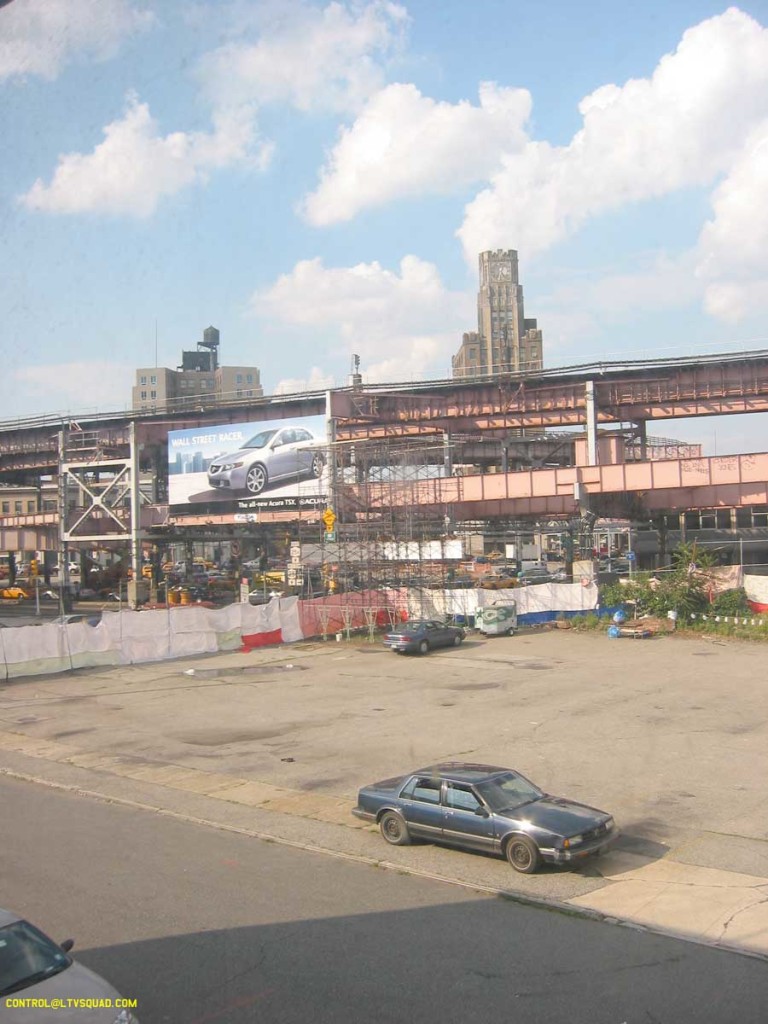
Spring 2013 – Scrappers Attack
In the spring of 2013 scrappers ripped this building open. Accessing the entire facility via the southern perimeter along Orchard Street, scrappers cut holes in the fences and ripped open doors. The scrappers actively plied their trade in broad daylight. At first they only went after the copper, but as the days, weeks and months progressed, they began looting all available metal – including at least one entire elevator car.
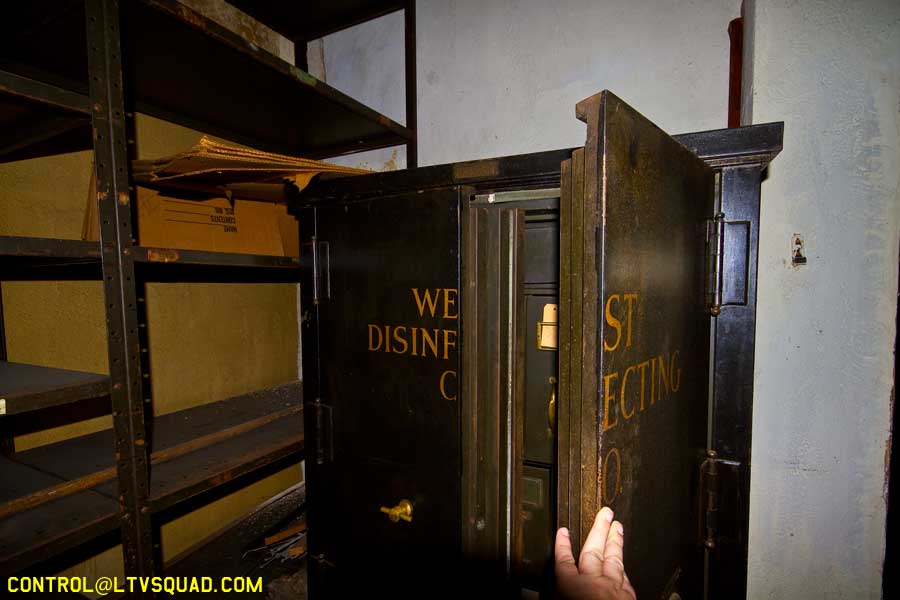


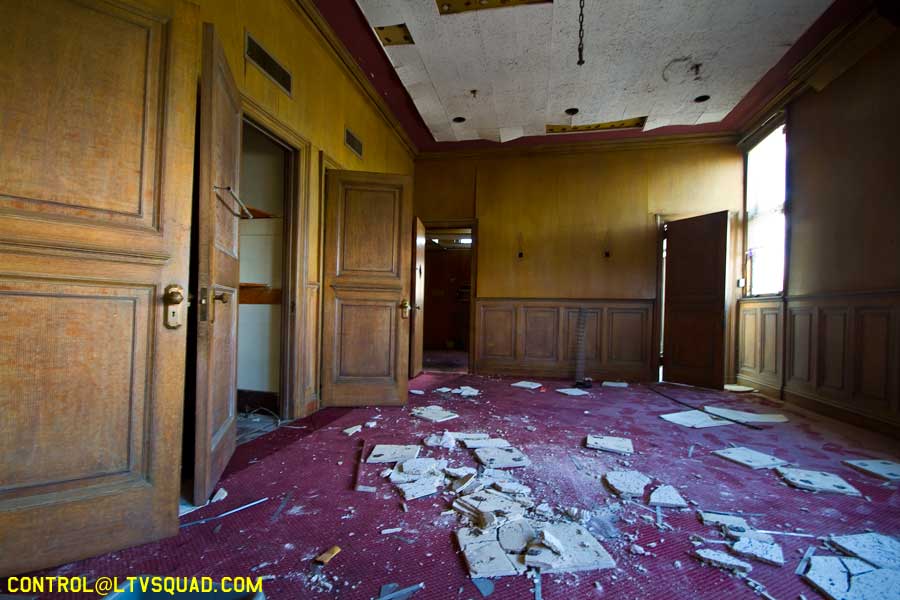
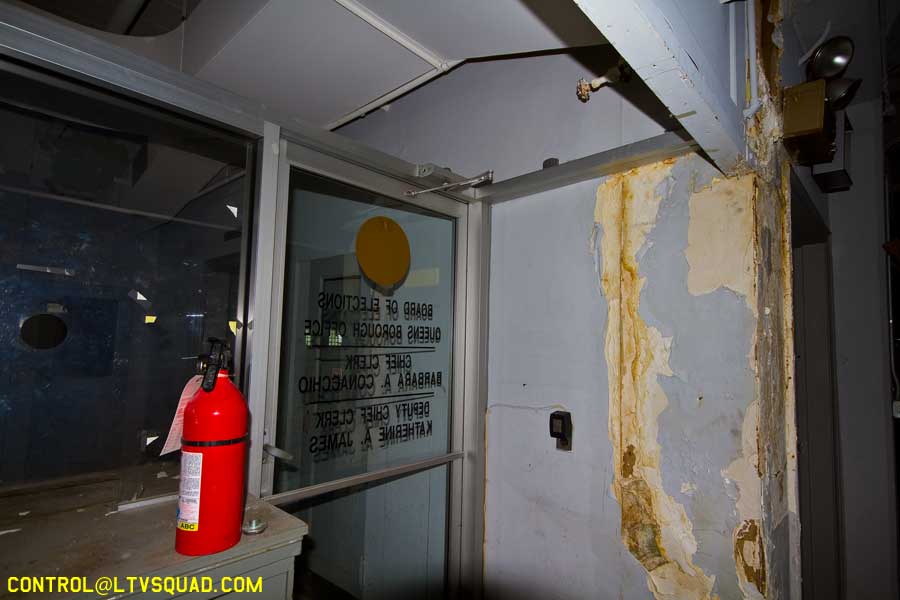
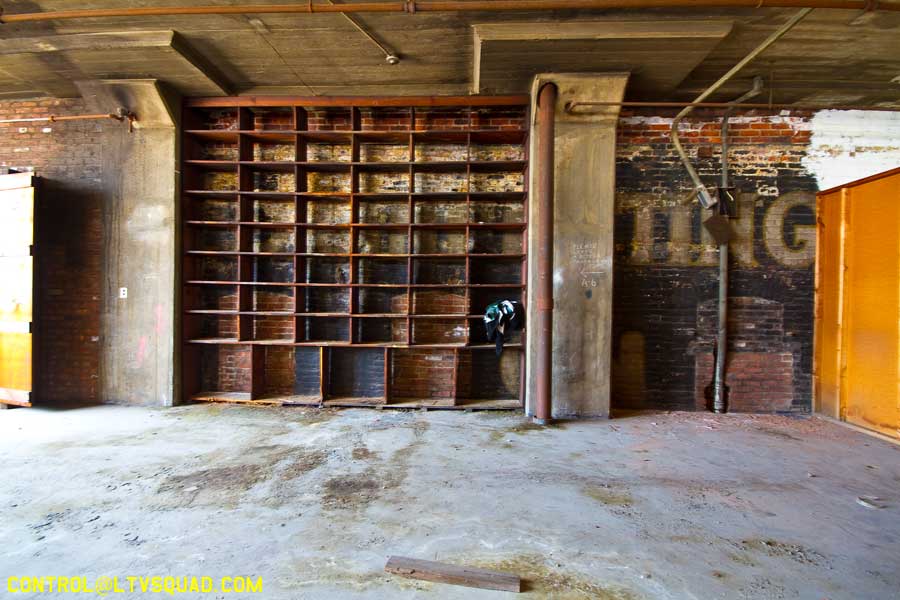
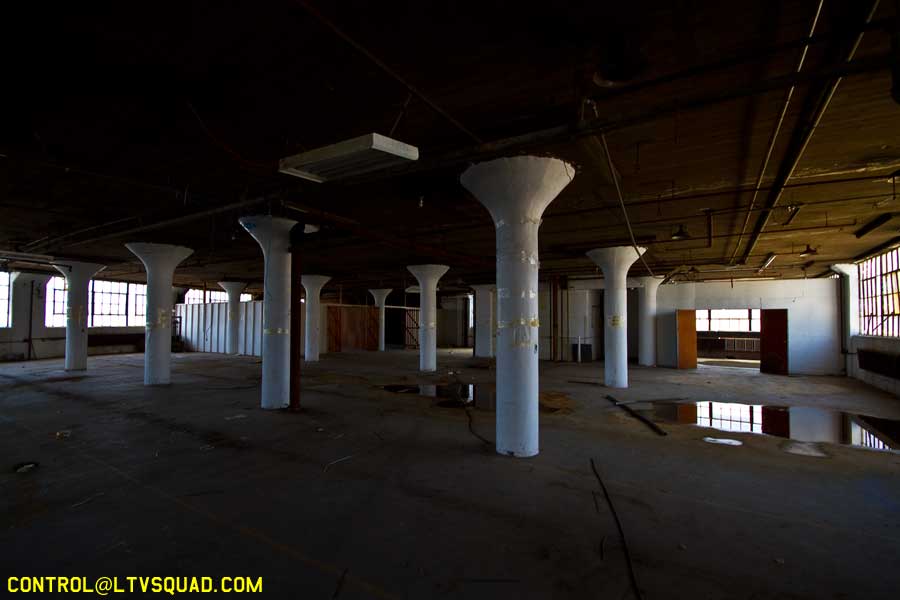
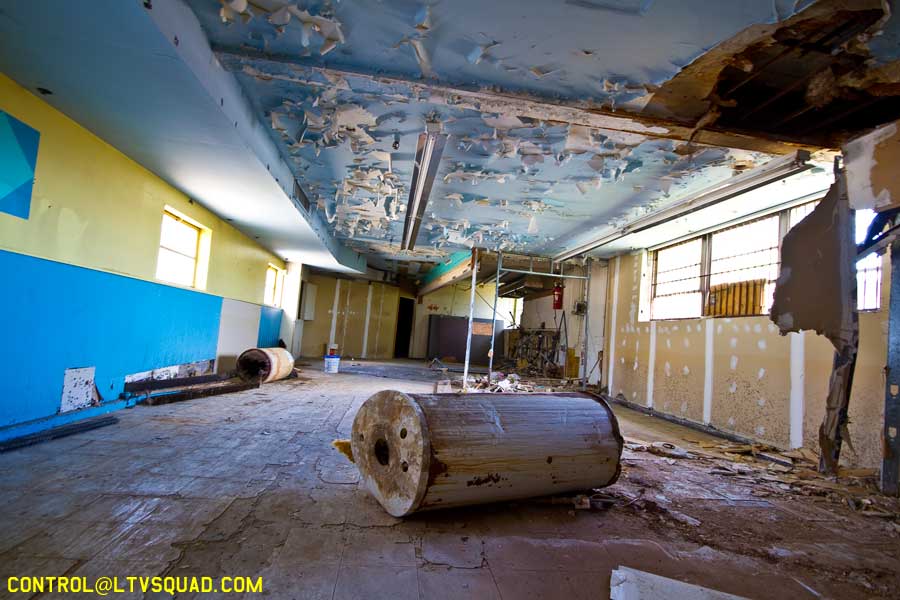
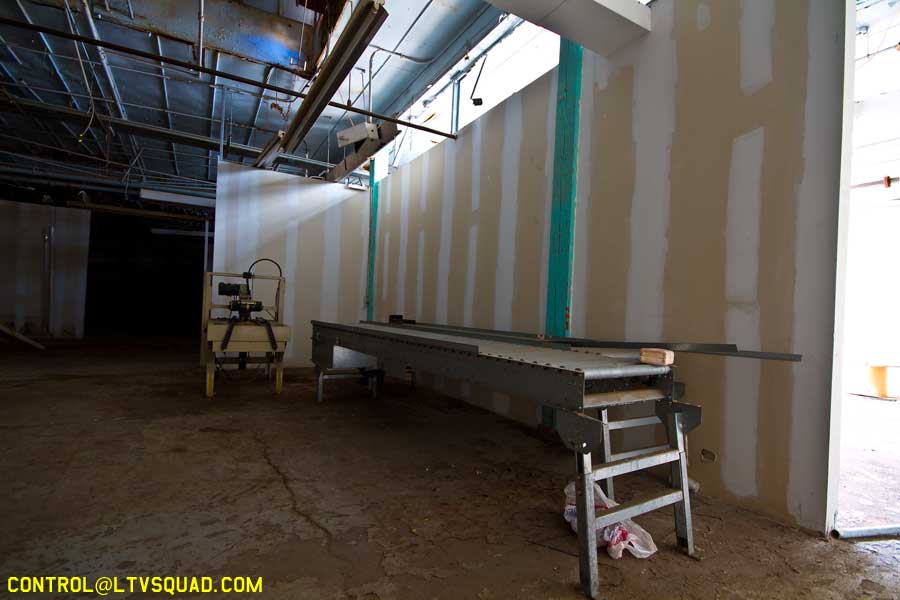
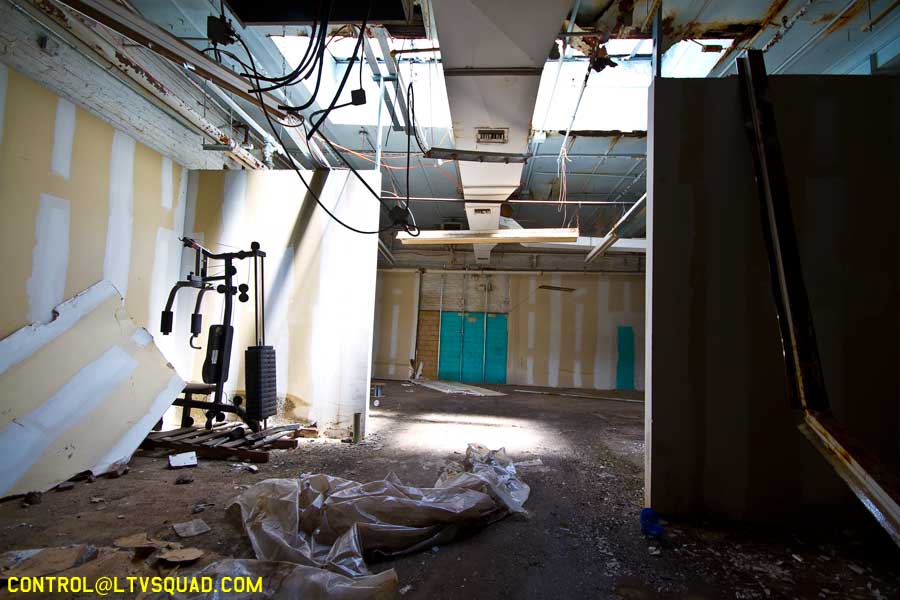
Fall 2013 – Graffiti Takeover
While many out of touch NYC blogs covering graffiti in NYC were busy sucking up to a group of british art tourists and posting about the death of 5 Points, NYC’s actual graffiti writers were busy turning the old CN West factory into an amazing illicit art gallery. Photos of which can be found in a separate post, here.
Current (2013)
Security patrols have been spotted around the building as of late. It is rumored that at least one graffiti writer was arrested at this location, while others were searched at gunpoint by undercover officers searching for Avonte Oquendo – who’s missing poster has covered much of western queens (leading some to crassly joke that if Avonte was a graffiti artist, he’d be getting up everywhere and the cops couldn’t find him).
There are no demolition permits on file, and no plans for development have been announced yet – though it seems pretty obvious that with glass office towers and condos being built all across this part of LIC, and with the extensive damage done by the scrappers, that these buildings are not long for this world. I would be surprised if “development” plans are not announced within the next year – 3 tops.
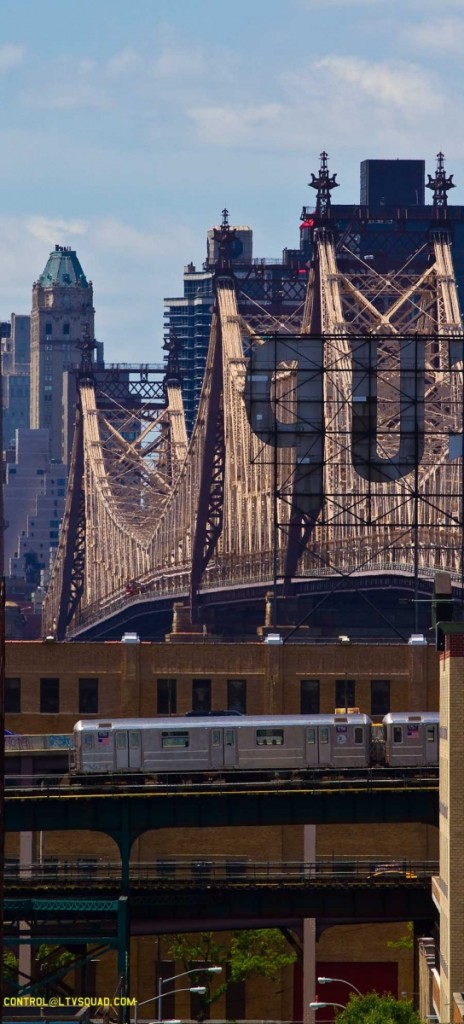
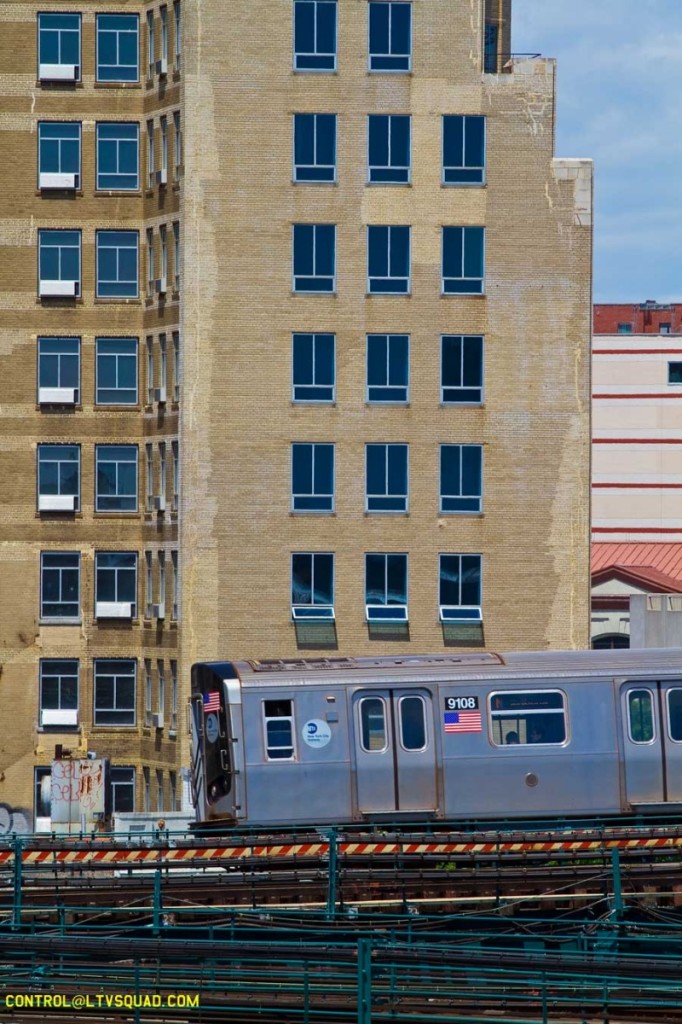

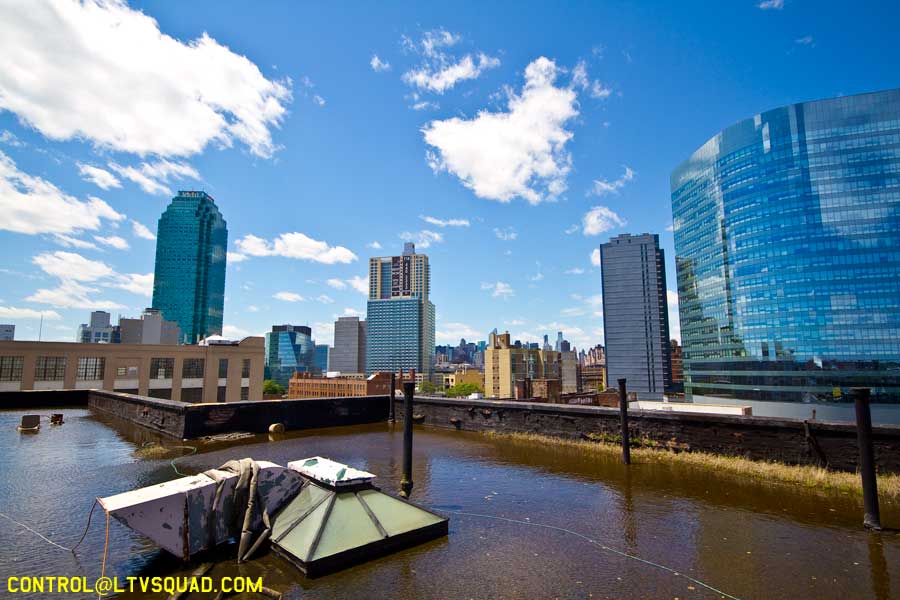
Art In L.I.C. : RIP 2013.
With the apparent closure of ‘The Space’ and the whitewashing and impending demolition of 5 pointz, it should be clear to all that unless you’re MOMA, the real estate developers simply no longer want the arts in L.I.C. The artists have been priced out, flushed out, and forgotten – replaced by the high temple of god money and commerce. We hearby declare art in L.I.C. officially dead – murdered by greedy ‘real estate developers’.
Update, 2016
With all the original buildings gone, construction of the high rise apartment towers has kicked into high gear this year.
Forward to Joseph Anastasio: great job on history of West Disinfectant Company. As a 30+ employee of one of its divisions, learned a lot that I didn’t know and probably has been lost from the collective corporate memory. One correction: CN was not iodine based, it was based on coal tar/phenolics, sort of an early version of Lysol. The iodine chemistry came much later when “iodophors” were developed by Murray Winicov
Murray’s comment re the iodophor (Westcodyme) is correct. It was a cold processed iodophor vs. Betadyne was hot processed. We have a small museum with documents and various products and dispensers including original bottles of CN. I would be interested in hearing from anyone who has additional information about West since I now own it.
Thanks,
Ben Elder, President
Aerowest International
http://www.aerowest.com (for additional information)